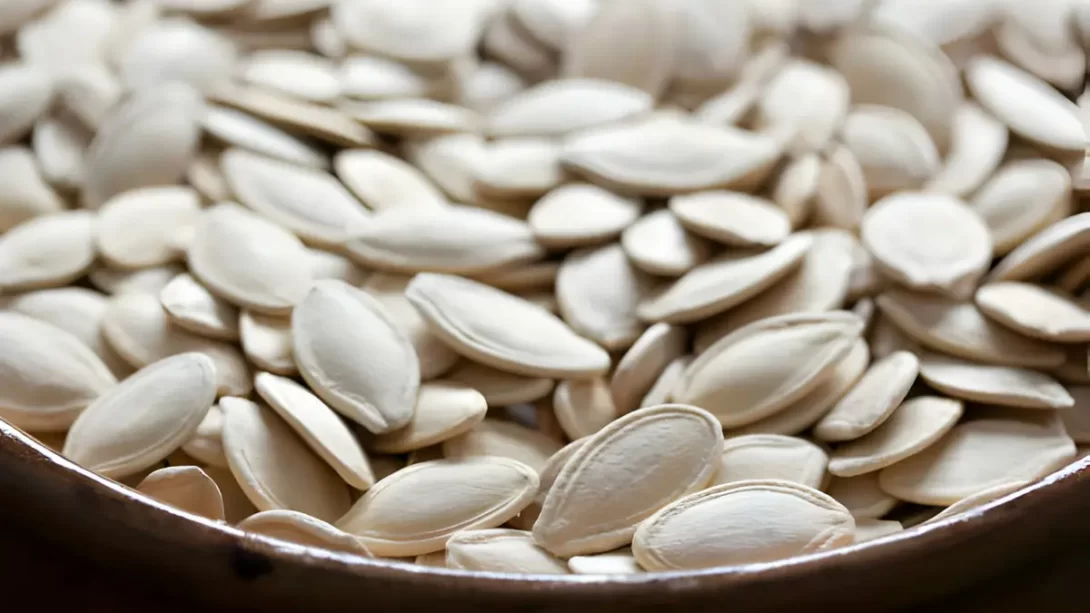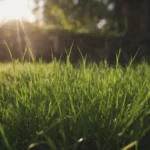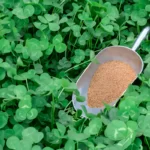Pumpkin seeds, known for their nutritional value and versatile culinary uses, are a popular snack and ingredient in many cuisines. Whether harvested fresh from a pumpkin or purchased from a store, these seeds can be enjoyed in various forms – raw, roasted, shelled, or unshelled. However, like many natural products, pumpkin seeds can deteriorate over time. Proper storage is crucial to maintain their quality, flavor, and nutritional benefits.
Pumpkin Seed Shelf Life
The shelf life of pumpkin seeds varies depending on their form and storage conditions. Typically, raw unshelled pumpkin seeds can last about a year, while shelled seeds have a shorter shelf life due to their exposed oil-rich interiors. When roasted, pumpkin seeds can have an extended shelf life, with the roasting process reducing moisture content and inhibiting spoilage.
Several factors influence the longevity of pumpkin seeds. Moisture is a primary concern, as it can lead to mold growth and spoilage. Temperature fluctuations can also affect their quality, with cooler temperatures generally prolonging their shelf life. Additionally, exposure to light can degrade the seeds, impacting both taste and nutritional value. Understanding these factors is key to preserving your pumpkin seeds effectively.
Signs of Spoilage in Pumpkin Seeds
Identifying when pumpkin seeds have gone bad is crucial to ensure they are safe to consume. Spoilage signs include a change in color, often becoming darker or discolored. An off smell is another clear indicator; fresh pumpkin seeds should have a nutty, slightly sweet aroma, while spoiled seeds may smell rancid or musty.
Texture changes are also a sign of deterioration. Fresh seeds should be crisp, but if they have become soft, chewy, or overly dry, they may not be good to eat. Mold growth, recognizable by fuzzy spots or a musty odor, is a definite sign that pumpkin seeds should be discarded. Consuming moldy or rancid seeds can pose health risks, making it essential to recognize these spoilage indicators.
Best Practices for Storing Pumpkin Seeds
To maximize the shelf life and maintain the quality of pumpkin seeds, proper storage methods are essential. For both raw and roasted pumpkin seeds, storing them in airtight containers is crucial. This prevents moisture and air from spoiling the seeds. Glass or plastic containers with tight-sealing lids are ideal choices.
The storage environment plays a significant role. Pumpkin seeds should be kept in a cool, dry place, away from direct sunlight and heat sources. A pantry or cupboard typically offers suitable conditions. For raw pumpkin seeds, this environment can significantly extend their freshness.
If you have a large quantity of pumpkin seeds or live in a warm climate, refrigeration or freezing can be effective options. In the refrigerator, pumpkin seeds can last several months, while in the freezer, they can be preserved for a year or more. When using these methods, ensure the seeds are in airtight, moisture-proof containers or freezer bags to prevent freezer burn and moisture ingress.
The Risks of Consuming Spoiled Pumpkin Seeds
Eating spoiled pumpkin seeds can pose health risks, including foodborne illness. Rancid seeds, which have undergone oxidative degradation, might not cause immediate illness but can lead to digestive discomfort and are unhealthy to consume. The presence of mold on pumpkin seeds is a more serious concern, as some molds can produce mycotoxins, which are harmful to health.
It’s essential to err on the side of caution. If pumpkin seeds show any signs of spoilage, such as an off smell, discoloration, or mold, they should be discarded. Regularly checking stored seeds and consuming them within their optimal freshness period is the best practice for both enjoyment and safety.
Reviving Slightly Stale Pumpkin Seeds
If you find that your pumpkin seeds have lost some of their freshness but aren’t spoiled, there are ways to rejuvenate them. Slightly stale pumpkin seeds can often be brought back to life by re-roasting. Spread them in a single layer on a baking sheet and roast them at a low temperature (about 150-170 degrees Fahrenheit) for 15 to 20 minutes. This process can help restore their crispness and intensify their flavor. However, it’s important to note that this method is only effective if the seeds are just stale and not rancid or moldy.
Conclusion: Maximizing Pumpkin Seed Enjoyment and Safety
In conclusion, while pumpkin seeds are a nutritious and delicious addition to your diet, understanding how to properly store them is crucial for maintaining their quality and ensuring safety. Remember, the key factors in preserving pumpkin seeds include using airtight containers, storing them in cool and dry conditions, and being aware of the signs of spoilage.
Regularly inspect your stored pumpkin seeds for any signs of deterioration, and consume them within the recommended timeframe to enjoy their optimal taste and nutritional benefits. By adhering to these storage practices, you can ensure that your pumpkin seeds remain a healthy and enjoyable snack for many months. Whether you’re adding them to salads, baking them into bread, or simply snacking on them, properly stored pumpkin seeds can be a delightful and healthful addition to a variety of dishes.



